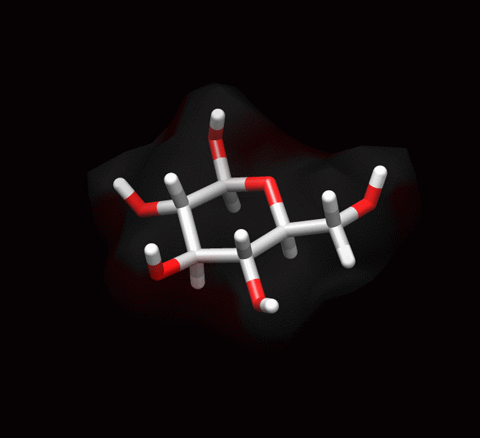
Wearable-tech
Results & Testing
In the designing step, our design requirements for the wearable technology are clear and determined, including the ability to flash in a consistent amount of time to remind patients of taking medicine, and the ability for patients to set time for themselves. To achieve that, we first talked to some experts about our thoughts, and get an overview of what our prototype is going to be like and the specific focus we should have. We started with on the large scale to give ourselves room to work on and debug, and then once we had the prototype on the breadboard, we switched to the smaller pegboard. The only problem is that we can hardly change the time the red signal flashes although it could flash consistently. Therefore, to make the prototype, we decided to make the timer as simple as possible and designed it by drawing EE chart. After buying all the necessary materials, we built it.
To give the user a comfortable feeling wearing the timer and to make the timer’s band reusable, we also worked on the design and building of the band at the same time. We want the band to be made by material that is biodegradable, reusable, and environmental-friendly. After research, we located polylactic acid because it fulfills our requirements and is locally reproducible. Since it’s easy to make, we tried to make a prototype of the band ourselves and it worked. Furthermore, to fit with the electronic elements, we used solidworks to design the 3d model and printed it out with 3d printer. During the testing step, we had some trouble with the band size because the model we built is too large. We did some research and wanted to apply the “live hinge” on the band so it could fit in any size of wrists. However, according to further research, we found polylactic acid plastic is flexible enough to be placed around wrists of different sizes, so there’s no need to worry about the band-size-problem.










